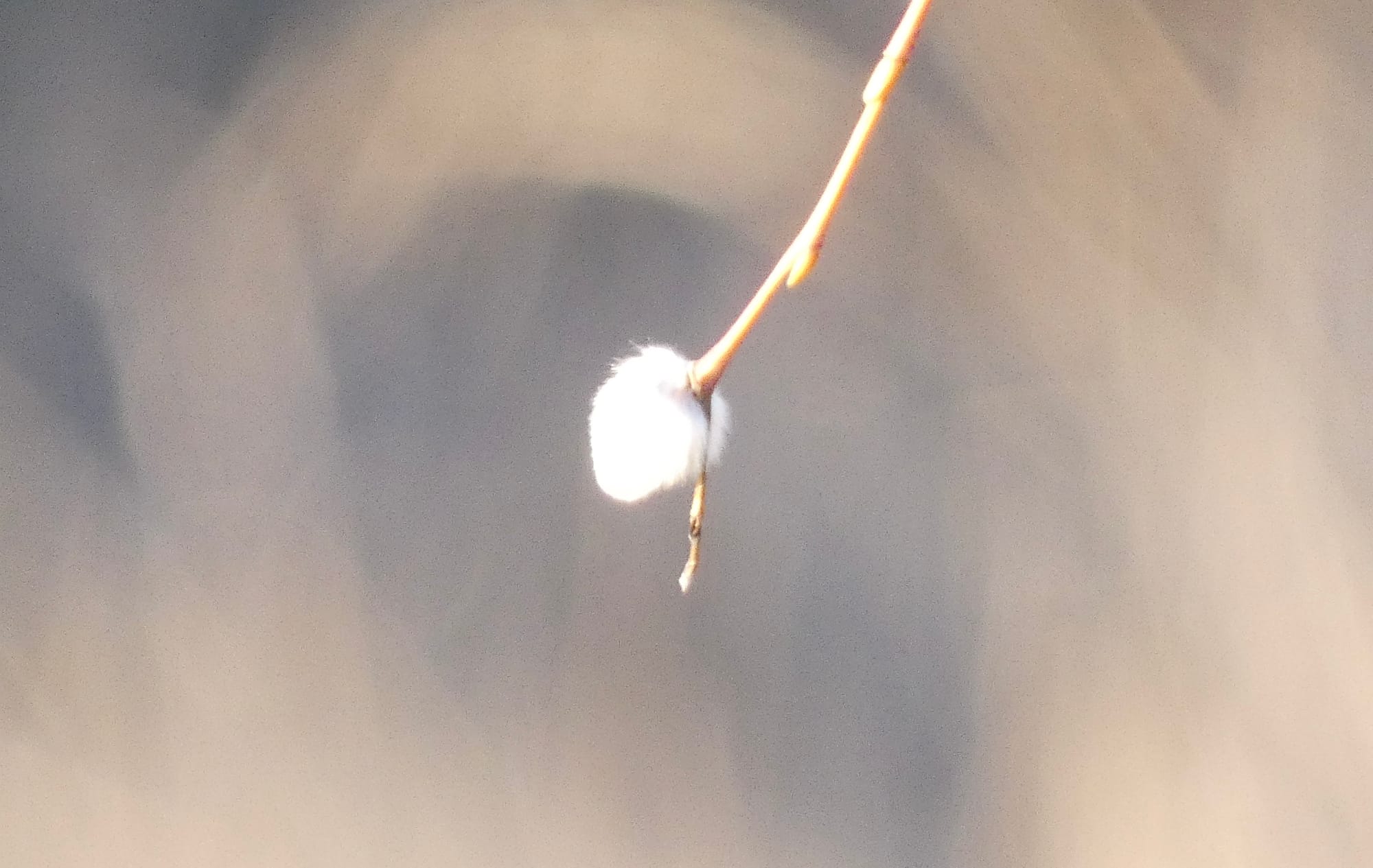The Key Barrier to Practicing Awakening
We must meet the barrier with that same direct, simple, subtlety.
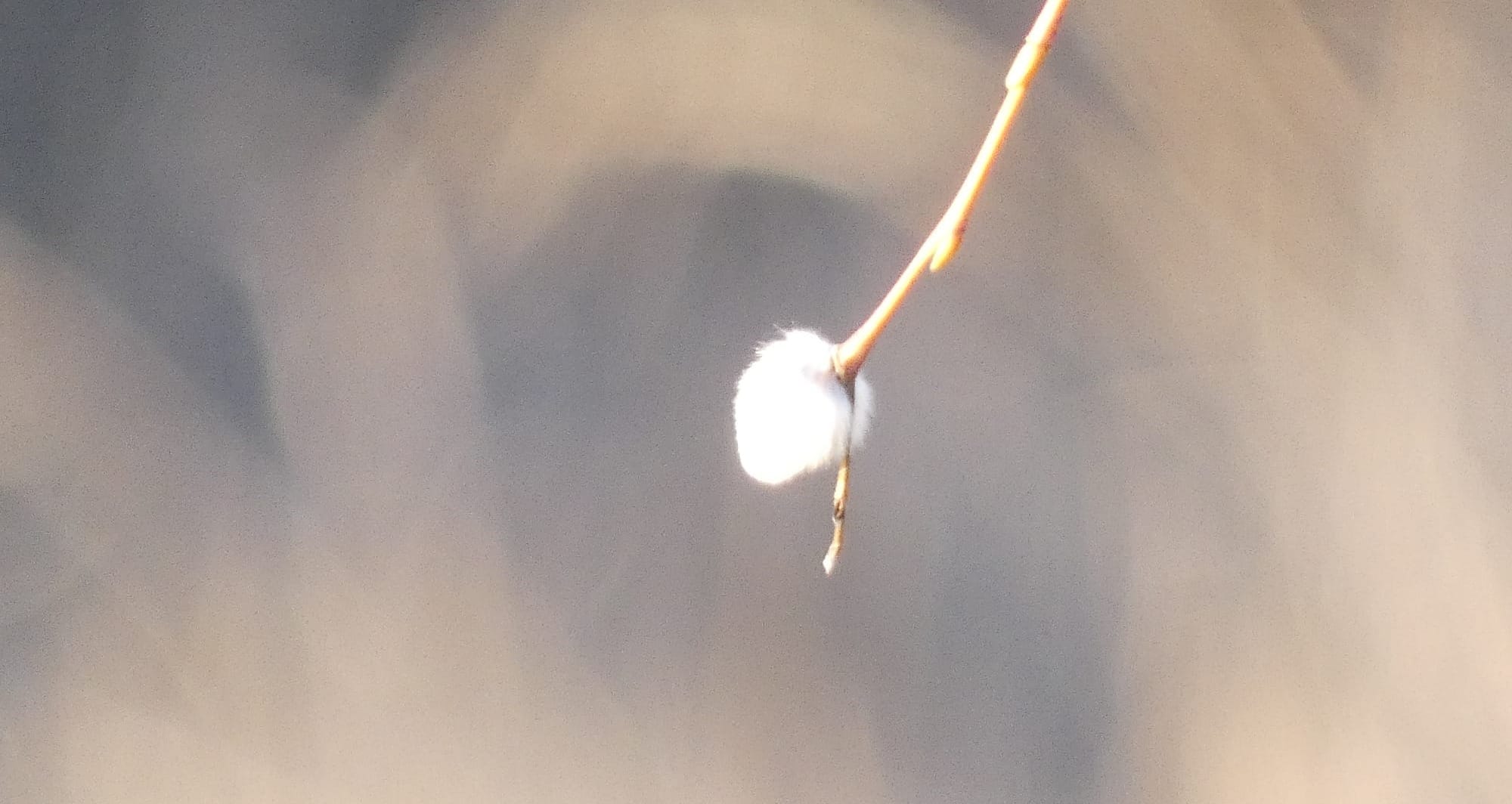
In our current study period of The Platform Sutra of the Sixth Ancestor, we're drilling into his teaching of "seeing self nature." As we've said more than 99 times, the Sixth Ancestor used that phrase, "self nature 自性," 99 times. In his teaching in this text, the Sixth Ancestor zeroed in on his central message like Mother Theresa saying thousands of times, "I see Jesus in every human being."
After all, seeing self-nature is the heart of Zen awakening. And it is the heart of the ongoing cultivation of awakening. Indeed, we've been focusing so much on the "how" of doing the work, that Tetsugan Sensei recently began a morning meeting (chosan) with our students by saying, "It's time for your questions... we're open for anything other than a 'how to do it' question."
We're unusual in the Zen world, you see, in how many "how to do it systems" we've offered our students. In addition to our instructions in the foundational methods for zazen, study, and engagement, just over the last few years we've given our students detailed instructions in complementary approaches like: the nine stages for calming the mind; the six sublime dharma gates; the four mirrors/wisdoms for awakening; the four types of breath; the four features of thought; the five hindrances; and the six identities.
In case you need a refresher on the last one:
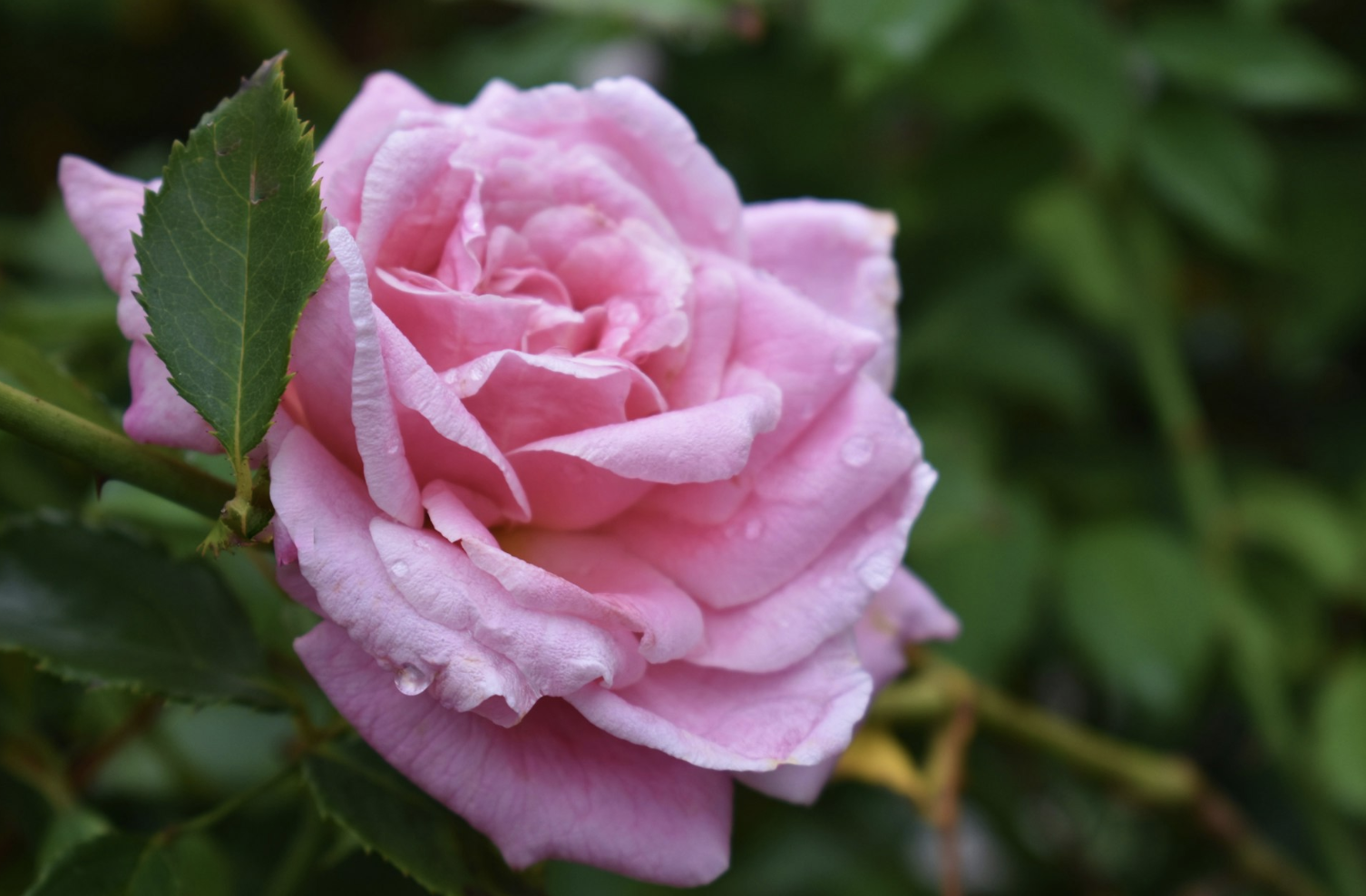
And recently these twenty-five considerations:
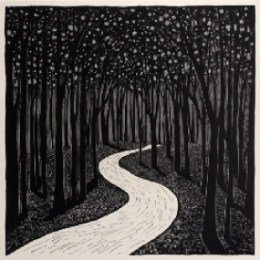
So there comes a time when a student must stop looking for "just one more method," and simply get down to it. Tools (aka, skillful means) only work when you put them to use.
The Powerful "How" of the Vine Forums
But how about just one more "how-to-do-it?" This is one that's one of our creative endeavors.
In our online training group, we focus on zazen, study, and engagement. In doing so, one of our primary fields of engagement is our Moodle forums. Of course, there is some discussion in these forums about the usual things that are taken up in most dharma forums – like what's going on in our students' lives, their questions about the buddhadharma, and sharing of dharma-related topics (recently, practice-related art). Through the forums, our Zen students, working in a largely online training container, know much more about each other than any in-person Zen groups we're aware of.
The living, teaching edge of the forums, though, is that it is a field for us to see how our students are doing the intimate practice and to offer them feedback. The precise detail of the work that we're able to delve into this way surpasses anything either of us has experienced in in-person Zen training.
And, as we wrote in our last post, because Zen awakening is an oh-so subtle point, that precise detail is crucial for our students to clarify what it means to really do the work of cultivating awakening.

We see at least a couple primary common misses to seeing self-nature and practicing awakening. The first is thinking that what's necessary is to better organize one's life and priorities so that the student can flow in their Zen groove. Although it is important to follow the precepts and put a high priority on one's practice, it is often through the disruption, in the moment of being turned upside-down that students can see self-nature. In other words, if you are not seeing it, it's not because your life circumstances are not optimal, but because you aren't looking.
That brings us to another primary way that students miss seeing self-nature in the ongoing work of cultivating awakening – especially for those who have had an intimation of awakening. And that is by stopping the thoughts that support the affliction that's arising, rather than turning the light around and illuminating the true nature of the afflictive thinking. You see, by cultivating one-pointed zazen, Zen students can get very good at stopping thoughts, often accompanied by a cognitive reframe that involves a dharma insight. For example, "This thought that my partner isn't doing their share of the dishes is an empty thought with no reality."
As one student put it,
"When the thought was there it caused affliction, but when the thought was gone, the affliction was gone. There was this one moment of abiding with the thought without disturbance and the 'bye-bye affliction.'"
What's very important to see, is that this is an avoidance strategy that destroys the very chance to see self-nature.

Why do we miss it?
Regular readers will know that we've been sharing the essential elements that contribute to awakening. Those include the passionate intent to benefit living beings; deep fluency with the teachings of the buddhadharma (i.e., the dharma analysis of the human condition), having received clear instructions on how to practice; staying oriented toward the great meaning of the buddhadharma; and applying oneself with uncommon diligence.
A student recently asked, "Which of these seems to you to be the most common area in which students to fall short?"
This issue is explored in The Record of Empty Hall: One Hundred Classic Koans, Case 78: Guishan’s “Directly Expressing the Matter:”
Likewise, in the The Platform Sutra, the Sixth Ancestor tells his successors to teach people that self-nature is as close as the six sense organs, the six sense objects, and the six sense consciousnesses (e.g., seeing, that which is seen, and the awareness of that which is seen), also known as the eighteen elements:
That is, we miss it because it is so direct. So simple. "What is seen, is the self." We don't apply the method, in other words, with sufficient subtlety. We must meet it with direct, simple, subtlety. Because the barrier is self nature. And once we've seen it, we realize that it's been hidden in the open all along. Then bringing it to life in the midst of the 10,000-things-advancing-all-at-once, takes practice.

Becoming a Vine student and really doing it
If you are interested in exploring becoming a Vine training student, now is a good time to begin the process. Beginning in late April, after our next in-person sesshin, we'll be offering a series of Sunday sessions that are designed to provide participants with the deep fluency with the teaching of the buddhadharma essential to this work. The first step is to become a paid subscriber of this Ghost site, then attend some Sunday practice sessions (invites are sent to paid members every week there is a session offered). After you've attended at least a few sessions, contact us to begin a conversation about what might come next.
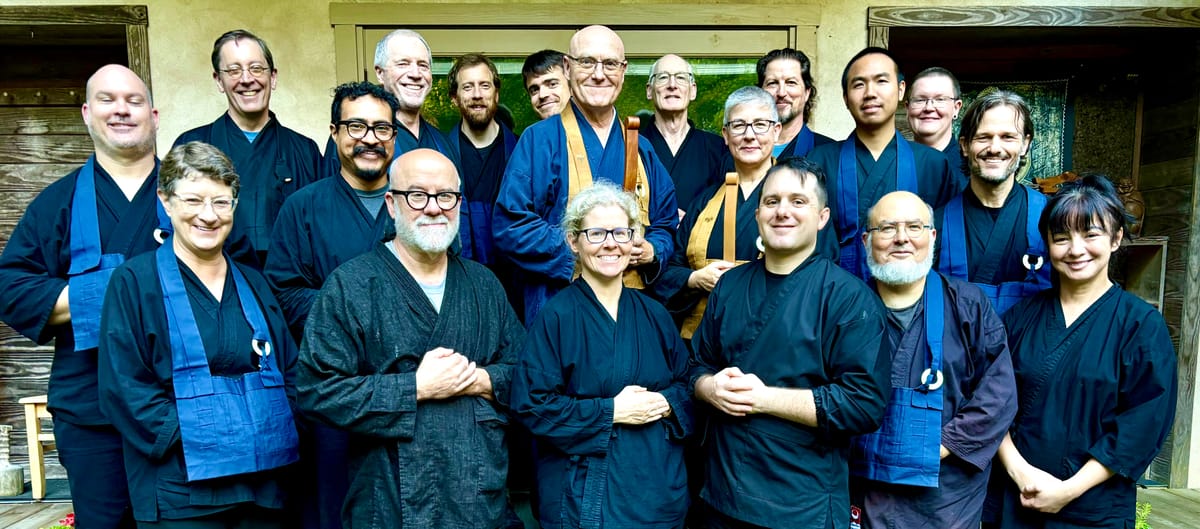
Thank you for reading.
Comments and questions are welcome - open for paid subscribers.





